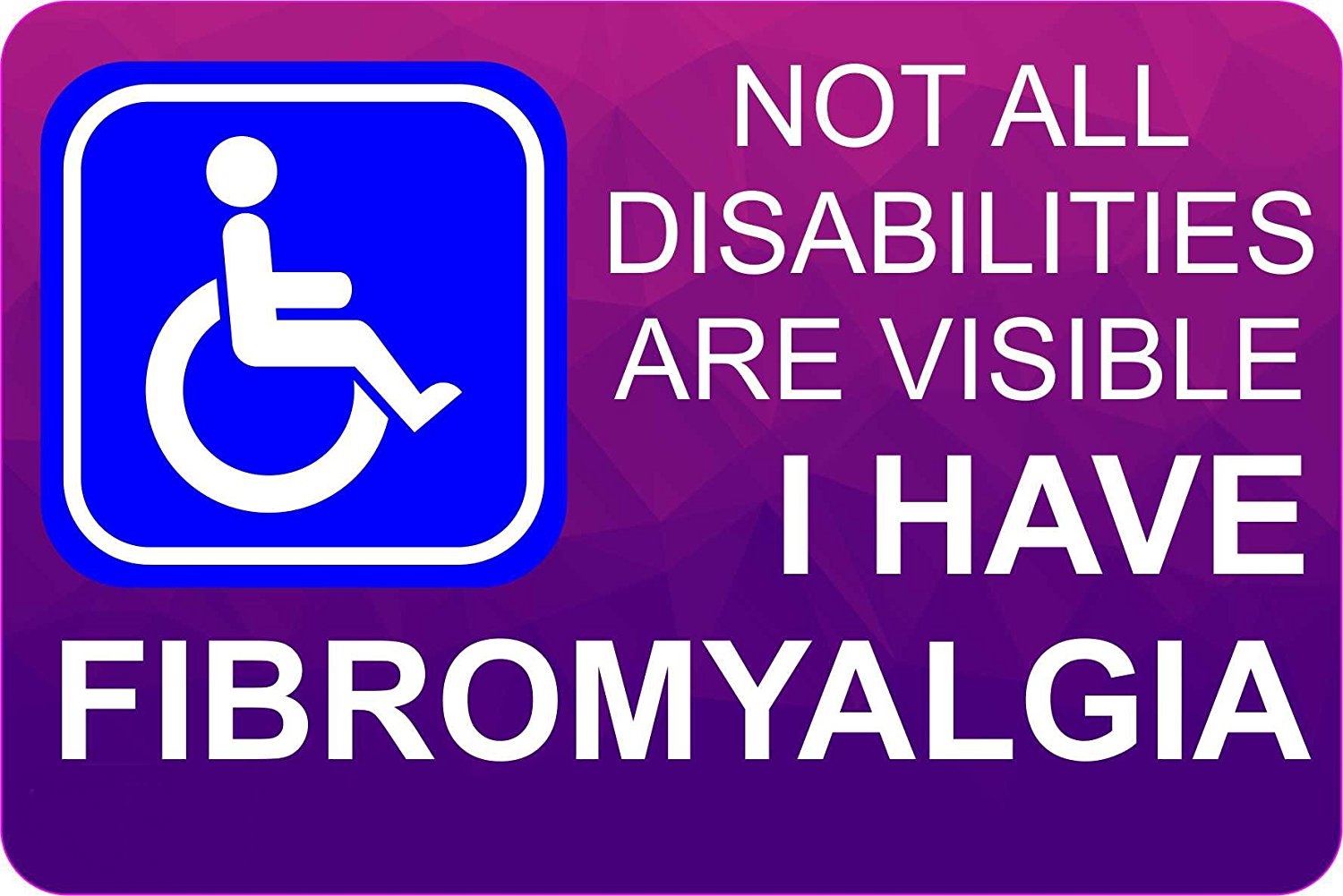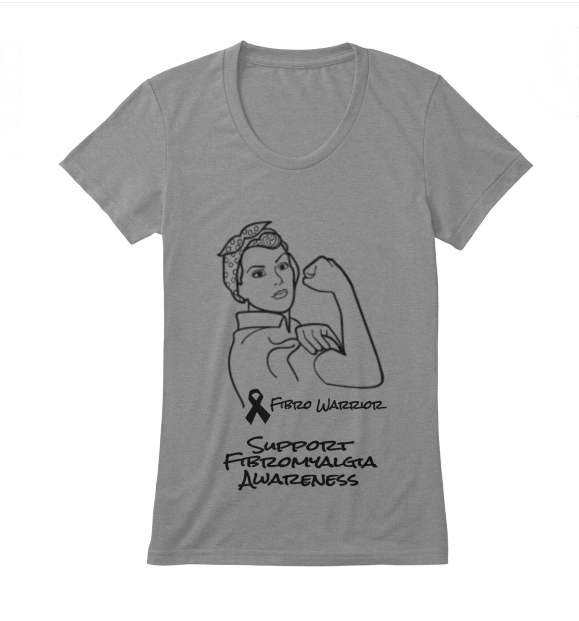Polymyalgia Rheumatica (PMR) is an inflammatory disease that’s believed to be autoimmune. It’s seen almost exclusively in people over 65. Doctors may not even consider it in anyone who’s not a senior citizen. Among people older than 50, about 0.5 percent have PMR, making it a rare disease.
To give you a comparison, fibromyalgia effects between two and four percent of the U.S. population, a 2014 study in Rheumatology International suggested that PMR may be present in about three percent of people with fibromyalgia. If that’s true, it’d make it considerably more common in this group than in the general population.
Fibromyalgia and Polymyalgia Rheumatica (PMR) are two conditions that can be confused as they have similar and sometimes overlapping symptoms. PMR is sometimes misdiagnosed as fibromyalgia, or is sometimes overlooked in people who have already been diagnosed with fibromyalgia, as it is so similar.
Difference between fibromyalgia and Polymyalgia Rheumatica
There are some key differences between fibromyalgia and polymyalgia rheumatica:
- >Polymyalgia causes resting muscle pain whereas fibromyalgia is deep pressure pain.
- >Polymyalgia commonly affects the elderly, while fibromyalgia is more common in those of middle age.
- >Both conditions are associated with psychiatric conditions, in fibromyalgia there are abnormally higher mental functions.
- >Polymyalgia responds to steroids, while fibromyalgia requires more targeted treatment.
- >Polymyalgia involves inflammation, while fibromyalgia does not.
- >Polymyalgia is believed to be an autoimmune disease, unlike fibromyalgia.
- >Polymyalgia pain is located in specific areas whereas fibromyalgia is widespread.
- >Polymyalgia typically appears quickly, unlike fibromyalgia.
Symptom similarities
Polymyalgia rheumatica and fibromyalgia are musculoskeletal conditions with symptoms that may be hard to tell apart. When you have polymyalgia rheumatica you feel pain and stiffness in the muscles in your shoulders and upper arms (shoulder girdle) and hips (pelvic girdle).
Fibromyalgia Disability Car bumper sticker: Lets put this sticker on your car and spread the fibromyalgia awareness. As many people out there don’t consider our illness as being disable, because they don’t know it. – Click Here to get Yours Fibromyalgia Disability Sticker for you Car

Click Here to visit the store for More Products
This feeling often comes after you’ve spent time resting, and is most severe upon wakening from sleep. Fibromyalgia can also cause muscle pain in the same parts of the body. But it’s more wide-spread and the pain is more severe. People with fibromyalgia tend to experience other symptoms as well, including
- > tiredness
- > trouble sleeping
- > memory problems
- > bowel and bladder problems
Diagnosis
Fibromyalgia is a diagnosis of exclusion. This means that when a person has widespread chronic pain throughout the body, and a doctor cannot find any other cause, they might diagnose fibromyalgia. No single test can determine if a person has fibromyalgia.
However, a physical exam that looks for specific tender points may be helpful. A doctor may also take blood samples to rule out inflammatory conditions, such as rheumatoid arthritis and polymyalgia.
Also Read:
- > Systematic Inflammation in Fibromyalgia
- > MGH Researchers Make a Key Discovery for Diagnosing Fibromyalgia Patients
Blood tests for Polymyalgia Rheumatic
Blood tests can usually diagnose polymyalgia. Most people with polymyalgia have elevated levels of inflammatory proteins in their blood. Their red blood cells may also show changes that are characteristic of inflammation. A doctor may also perform other tests to rule out other inflammatory diseases, such as a biopsy or blood test for rheumatoid factor. These tests are standard for people with polymyalgia, but not for people with some other conditions.
Facts about Fibromyalgia and Polymyalgia Rheumatica
- Polymyalgia rheumatic sufferers specifically deal with pain in the neck, shoulders, and hips.
- Polymyalgia rheumatic sufferers have inflammation in the neck, shoulders, and hips.
- Both experience stiffness in the morning.
- Polymyalgia rheumatic has flu-like symptoms, including fever, weakness etc.
- Age of onset- Polymyalgia rheumatic generally appears only in people over the age of 50, while fibromyalgia can come much earlier.
- Polymyalgia rheumaticsymptoms come on suddenly.
- Fibromyalgia symptoms are generally present for longer periods of time.
- Polymyalgia rheumaticusually goes away within 1 to 4 years of the first bout of symptoms.
- Polymyalgia rheumaticis treated with corticosteroids.
- Fibromyalgia is treated with stress management and lifestyle modifications, as well as medication.
- Polymyalgia rheumaticis managed by corticosteroids and nonsteroidal anti-inflammatory drugs (NSAIDS).
- Polymyalgia rheumaticcan be diagnosed with the help of the blood test Rapid Westergren ESR (Erythrocyte (red blood cell) Sedimentation Rate).
Polymyalgia Rheumatica vs Fibromyalgia
Polymyalgia and fibromyalgia are often confused because they both cause muscle pain throughout the body, and they have similar names. However, they are different disorders with different causes. In fact, it is possible for a person to have both polymyalgia and fibromyalgia.
Polymyalgia rheumatica is an inflammatory form of arthritis. Fibromyalgia does not show traditional signs of inflammation, though some recent research from 2017 suggests it may also involve inflammation.
The causes of the two conditions are different:
- >>Polymyalgia is considered to be an autoimmune disease. Autoimmune disorders cause the body to attack healthy tissue by mistake.
- >>Fibromyalgia pain is thought to be caused by overactive nerves that make the body perceive pain despite there being no physical injury.
This means that fibromyalgia may occur because of the way that the brain and nerves perceive sensation, while polymyalgia develops due to a problem with the immune system.
Treating fibromyalgia
Treating fibromyalgia can be difficult, as its exact cause is unknown. Therefore, the goal of fibromyalgia treatment is symptom management. A doctor may prescribe analgesics, or painkillers, to address fibromyalgia. However, there is a risk of developing addiction to these drugs, so doctors may recommend this option with caution.
Nonsteroidal anti-inflammatory drugs (NSAIDs) can also be taken for pain management, but once again long-term use of these drugs can yield unwanted side effects. In some cases, antidepressants may be prescribed as well. Some alternative and complementary therapies and treatments for fibromyalgia include massages, acupuncture, cognitive behavioral therapy, movement therapies, and chiropractic.
Low-dose corticosteroids are used to treat polymyalgia
Low-dose corticosteroids are used to treat polymyalgia and symptom relief can start within the first three days. If you do not respond to corticosteroids, your doctor may refer you to a rheumatologist. Long-term use of corticosteroids can increase the risk of health complications, so your doctor will want to keep your dosages low and eventually take you off the medication.
Click Here to get this T-shirt
Click Here to visit the store for More Products
Reference:
- What’s the Difference Between Fibromyalgia and Polymyalgia? by Starla Rich via Fibromyalgia NLO
